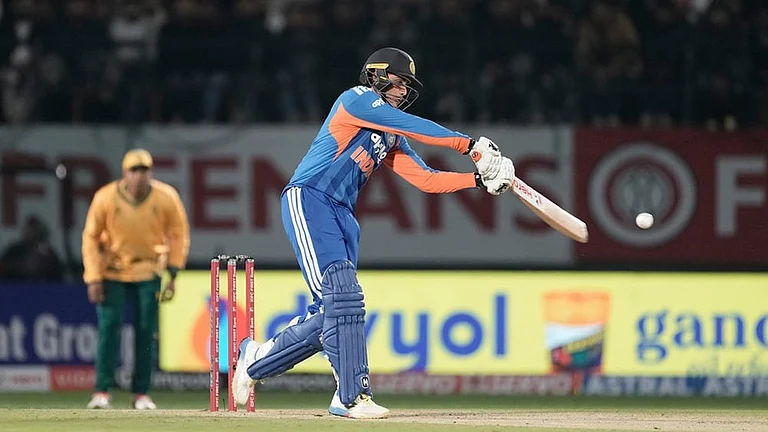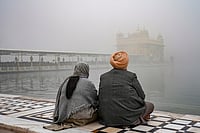The family spent a weekend in this remote Assam pocket… doing nothing. Since the smartphone said ‘no service’, the family was resigned to sit cross-legged, make eye contact, play Scrabble, fight whether a word like ‘qi’ qualified for use…and that incidentally was the end of the game.
Tezpur introduced me to idling. One was drugged by a combination of air purity and serenity to sleep at odd hours, sit entranced by yellow garden butterflies in erratic dalliance, engage in natural barefoot acupuncture on a spiky lawn, snore through sleep on the garden bench, hug beechwood trees to enhance kinship, tune into the rhythm of the monsoonal drizzle, visually soothe myself with the manicured undulation of tea bushes, gaze at the cloudful grey of the horizon, walk through acres of Kolony Tea Estate with not a humsaaya in sight and get interrupted every three minutes by the extended mawwwww of the resident cow. For every minute I lived I got another minute free. The only reason why GPs don’t write ‘two weeks at a tea estate’ as a hypertension prescription is because they don’t get a commission.
Tea was (and continues to be) a socially responsible business even before people published Triple Bottomline Reports. My friend’s Kolony Tea Estate provides a livelihood to more than 2,000, the pluckers are women and rice is provided to workers at 50 paise per kg. The result is that tea continues to be the cheapest beverage (75 paise a cup), touching the ameer and gareeb. The three threats on the horizon: wages that need to be perpetually revised upwards irrespective of whether tea realisations increase or not; evolving climates have increased average Tezpur temperatures by 3 degrees Celsius in 50 years; extensive Arunachal deforestation has transformed miles of dense jungles into tea gardens for the ‘benefit’ of the marginalised.





















